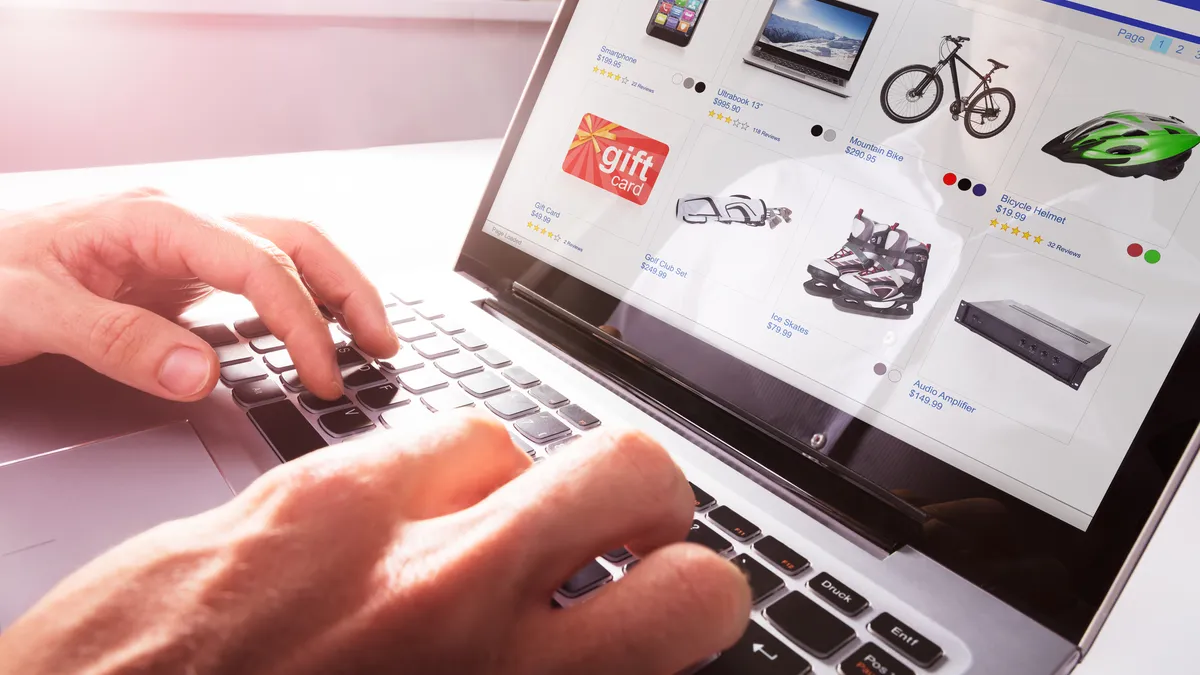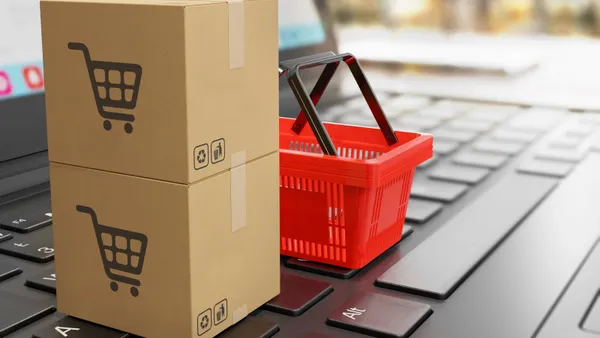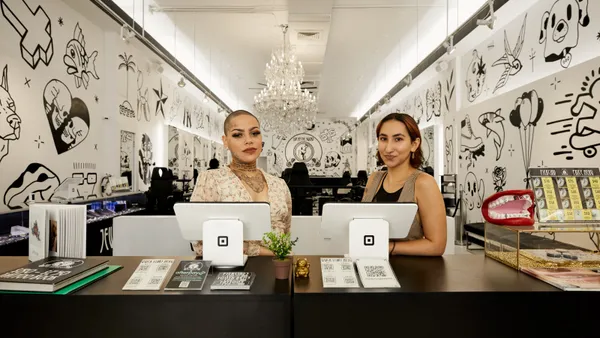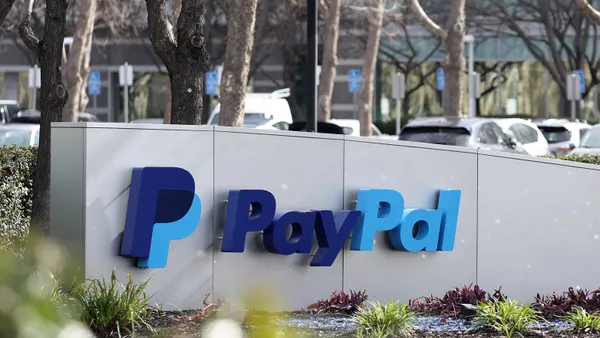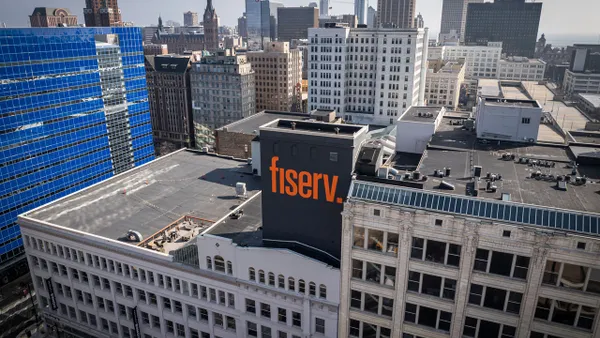Dive Brief:
- Extra costs are the No. 1 reason consumers abandon online shopping carts, a report released Sept. 15 by Coresight Research indicated. This is no surprise to retailers, who also named it the top reason shoppers ditch their online carts.
- Cart abandonment is most common once shoppers are shown the total price of a purchase, and the majority of shoppers who leave carts won’t return to complete the purchase, according to the report, which was sponsored by e-commerce checkout company Bolt Financial.
- Free shipping is the factor most likely to prompt shoppers to complete their purchase, Coresight said. A promotion code was the second highest factor, and transparent pricing was third.
Dive Insight:
The e-commerce cart abandonment rate is currently about between 74% and 77%, and the problem is costing U.S. online retailers between $111 billion and $136 billion in lost revenue annually, Coresight Research discovered.
For retailers who invest time and money bringing customers to their sites and taking them through the shopping process, cart abandonment is “a huge problem,” said Bolt CEO Maju Kuruvilla during a Sept. 13 presentation related to the report. As e-commerce growth slows, this lost revenue is likely to be even more painful for retailers.
In the competitive online checkout space, startup Bolt has sought to bring “Amazon-like convenience” of one-click checkout to other retailers. Digital payments pioneer PayPal has said it’s sharpening its focus on checkout, and U.K. neobank Revolut said last week it’s bringing a one-click checkout offering to the market and has landed Shopify as a customer.
About 4 in 5 retailers are trying to track cart abandonment, and the same share plan to enhance their online shopping or checkout experience in the next 12 months, said Deborah Weinswig, Coresight Research’s CEO and founder. The company polled 222 U.S. shoppers and 271 retailers in July.
Coresight’s findings suggest retailers might want to ensure a shopper’s total purchase price matches expectations. Price is the most impactful thing when it comes to conversion, “so any fluctuation on that creates a problem,” Kuruvilla said.
Shipping and other added fees can be “a bit verboten,” Weinswig noted.
That’s because “Amazon has kind of trained people” to expect low or no shipping costs, said Sheridan Trent, director of market intelligence with payments consulting firm The Strawhecker Group, in an interview.
As consumers grapple with inflation, they’ve experienced some “sticker shock,” Weinswig said. Some have shifted to private-label products or are skipping more discretionary items. Consumers tend to have a dollar amount in mind when they approach a purchase, “so I do think, certainly in some categories, that is leading to alternative shopping behavior,” Weinswig said.
The research also revealed cart abandonment on mobile (84%) is higher than it is on a desktop (74%), Coresight said.
“You’re asking people for a lot of information to type in, and people don’t like typing things on a mobile device too much and getting all this information,” Kuruvilla said. “Nobody has the patience anymore. Especially the younger generation, the Gen Zs, they even have less patience for these kinds of things.”
Additionally, guest shoppers had an even higher cart abandonment rate (83%) compared to logged-in users (76%), Coresight found. “Thinking about this experience from a logged-in user [perspective] is the shift that we really need to drive in the retail space,” Kuruvilla said.
The level of complication during the checkout process is “not insignificant,” especially when some consumers get frustrated and abandon a purchase if they enter a credit card number wrong, Trent said.
“Every time you add a step to the process or have to fill out more stuff and you aren’t just automatically adding in information, it really compounds, and makes for kind of a headache,” Trent said. Saved accounts or log-ins “are kind of a bridge to helping eliminate some of that uncertainty,” Trent said.
Shoppers also pin cart abandonment on a lack of alternative payment methods, Weinswig said. Coresight noted this is more common among Gen Z shoppers than Baby Boomers.



